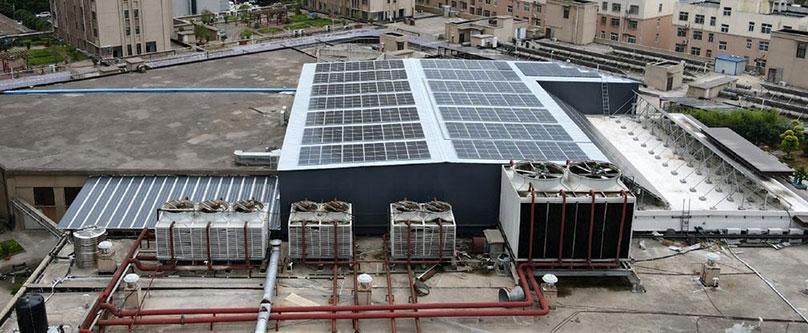Huawei and TÜV Rheinland have released a white paper on the topic of Optimizer safety.
This document details how the adoption of the innovative “optimizer + two-stage inverter” architecture
brings further safety features to PV modules.
Huawei and TÜV Rheinland have released a white paper on optimizer safety recently.
This paper shares the conclusions of the field test conducted in order to verify Huawei optimizer safety
features.
This white paper details the way, adopting the new “optimizer + two-stage inverter” architecture, brings
further safety features, such as module-optimization which enables PV modules to independently generate
energy; module-monitoring which enables real-time intelligent O&M; and module-rapid shutdown which prevents
electric shocks.
As optimizers deliver greater and faster ROI compared to traditional PV solutions, PV solutions equipped
with Module-Level Power Electronics (MLPE) are gaining traction. In fact, IHS Statistics has recently shared
that it predicts a significant increase in both global shipments (77GW by 2027 vs 8.2GW in 2021), and
optimizers market penetration (up to 30% by 2027 compared to 7,47% in 2021).
Along with this market growth, comes the necessity to adopt comprehensive measures to reach the highest
safety standards to safeguard the integrity of individuals and properties. Huawei innovative architecture
helps address those challenges by offering features such as rapid shutdown technology combined with
intelligent arc fault detection.
In case of a fire-related incident in a PV system, those safety features allow firefighters to carry a safe,
fast and efficient interventions.
In similar situation, Traditional PV systems would only offer a perilous environment preventing any safe
intervention. This would result in a prolonged fire that would cause further damages to the site.

Test site: Roof of a shopping mall
Alongside safety features, this innovative architecture has offered the ability to maximize the PV modules
full potential hence enabling PV systems to reach higher installed capacity in challenging situations such
as area with limited space or with temporary shadow.

Test site: Roof of A Clothing Factory
“Smarter and Safer, Unleashing the potential of each module”. For more details about the white paper and
FusionSolar Smart Module Controller, please visit https://solar.huawei.com/en/professionals /all-products/ SUN2000-450W-P2-600W-P/support